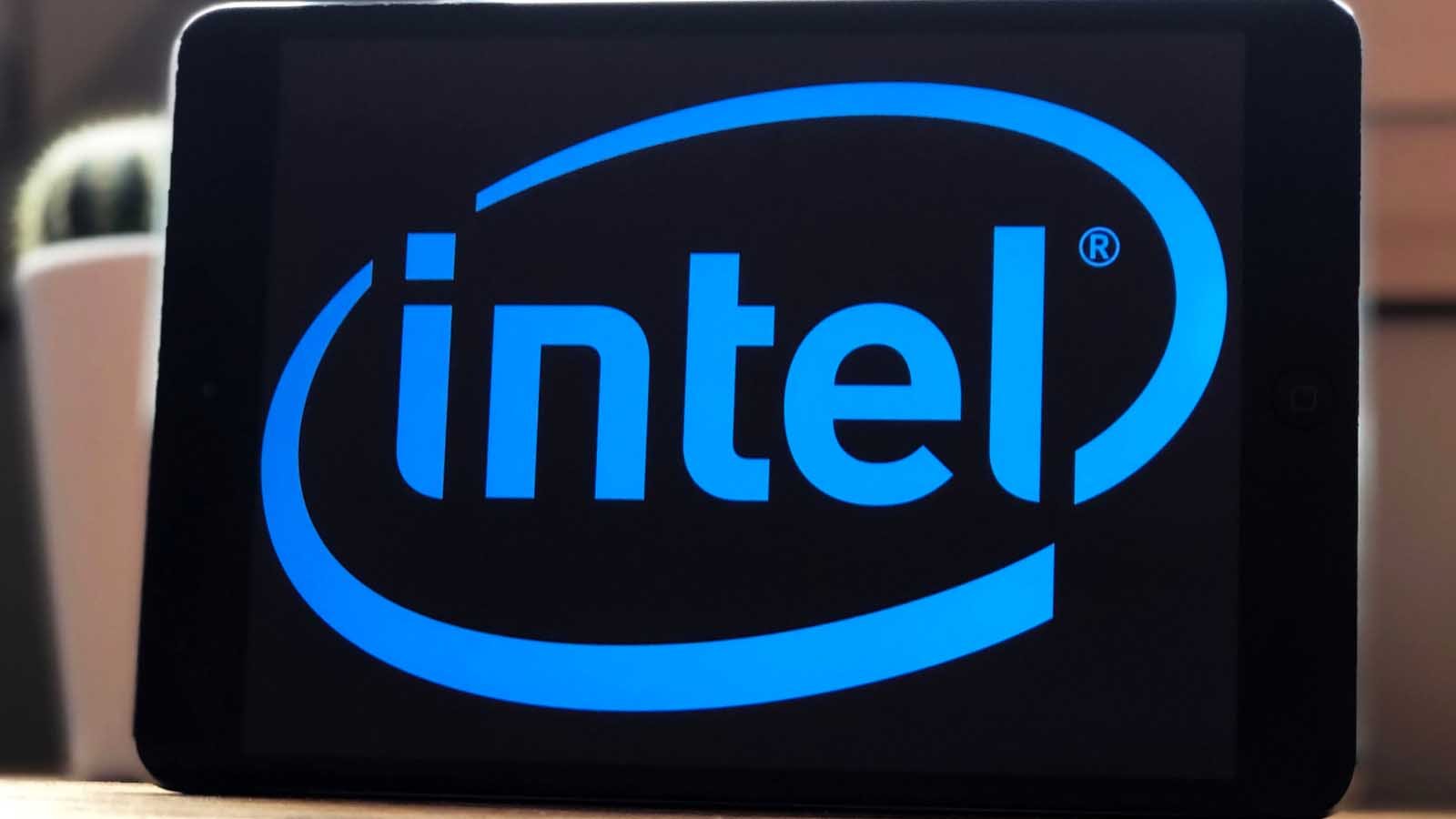Intel’s AI Achilles Heel: Why the Chipmaker Is Losing the Silicon Race

Despite a significant comeback in 2023, Intel‘s (NASDAQ:INTC) share price has plummeted in 2024. The chipmaker’s shares have actually fallen nearly 40% since the start of the year.
While some may be quick to blame the cloud macroeconomic environment on INTC’s poor performance, there are a number of company specific pressures that have led to its severe underperformance compares to its chipmaking competitors.
AI woes abound
The artificial intelligence race arguably began years ago, but the space has never been under as much scrutiny as it has been in the recent 12 months.
OpenAI, the Microsoft-backed generative AI startup, launched its acclaimed ChatGPT conversational bot that took the world by storm.
Since then, companies across the world have been attempting to tap into the power of these large-language models to develop their own technologies.
In turn, demand for the silicon-based chips that make powering LLMs possible have experienced a surge in demand.
GPU chipmaker Nvidia (NASDAQ:NVDA) has benefited from much of the AI craze and demand.
If anyone would take a look at the chipmaker’s shares and earnings over the past few quarters, they would realize the extent of such demand.
Unfortunately, Intel could not catch up or effectively compete with Nvidia to offer a chip product with similar computation power.
In the firm’s first quarter earnings report for fiscal year 2024, Intel’s “Data Center and AI” business reported a Y/Y sales increase of just 5%, which is outshined by the triple-digit sales growth that Nvidia’s server business has experienced.
This is not to say Intel has not worked to innovate. The new Gaudi 3 chips are supposed to be able to run AI models 1.5x faster than Nvidia’s H100 chips.
However, enterprise customers will not see these chips until much later in the year, effectively giving Nvidia enough time to extend its lead in the space.
Intel’s manufacturing capabilities still lag behind TSMC
Aside from AI, Intel’s Achilles hill over the past few years has been its flailing Foundry business, which deals in manufacturing the company’s chips.
The American semiconductor giant prided itself on doing its manufacturing in-house rather than being reliant upon an outsourced “fabless” model of chipmaking.
This model worked in Intel’s favor for a while until manufacturing transistors below 10nm in size became difficult.
In 2020, Intel had to delay its 7-nm CPU chips, which sparked a lot of chaos within the company itself. Competitor AMD (NASDAQ:AMD) had already been shipping Ryzen processors leveraging the 7-nm processing node from TSMC (NYSE:TSM) a year earlier.
Starting in 2024, Intel has decided to grant independence to its Foundry business, which will not only allow the unit to operate independently of the other Intel businesses, but separation would allow the Foundry business to take on non-Intel clients.
However, Intel’s Foundry unit has some way to go to impress investors. Their recent earnings report revealed the business is churning out ballooning losses, which has created doubt around its future ability to compete with TSMC.
Quantum Computing could be a saving grace
Fortunately, Intel does seem to have a competitive edge in the novel space of quantum computing. This technology, when made commercial, would allow research institutes and enterprises to perform calculations that classical computers have trouble doing.
In May, Intel scientists published new research that could result in the “scaling of silicon-based quantum processors.”
This could very well be a major step in developing “fault-tolerant” quantum computers. Intel’s Tunnel Falls quantum chips could also create tail winds for the company.
These innovations could be Intel’s saving grace but surely not in the near or medium term. Intel will need to work regaining its crown in conventional computing or risk falling into irrelevance.
On the date of publication, Tyrik Torres did not have (either directly or indirectly) any positions in the securities mentioned in this article. The opinions expressed in this article are those of the writer, subject to the InvestorPlace.com Publishing Guidelines.









